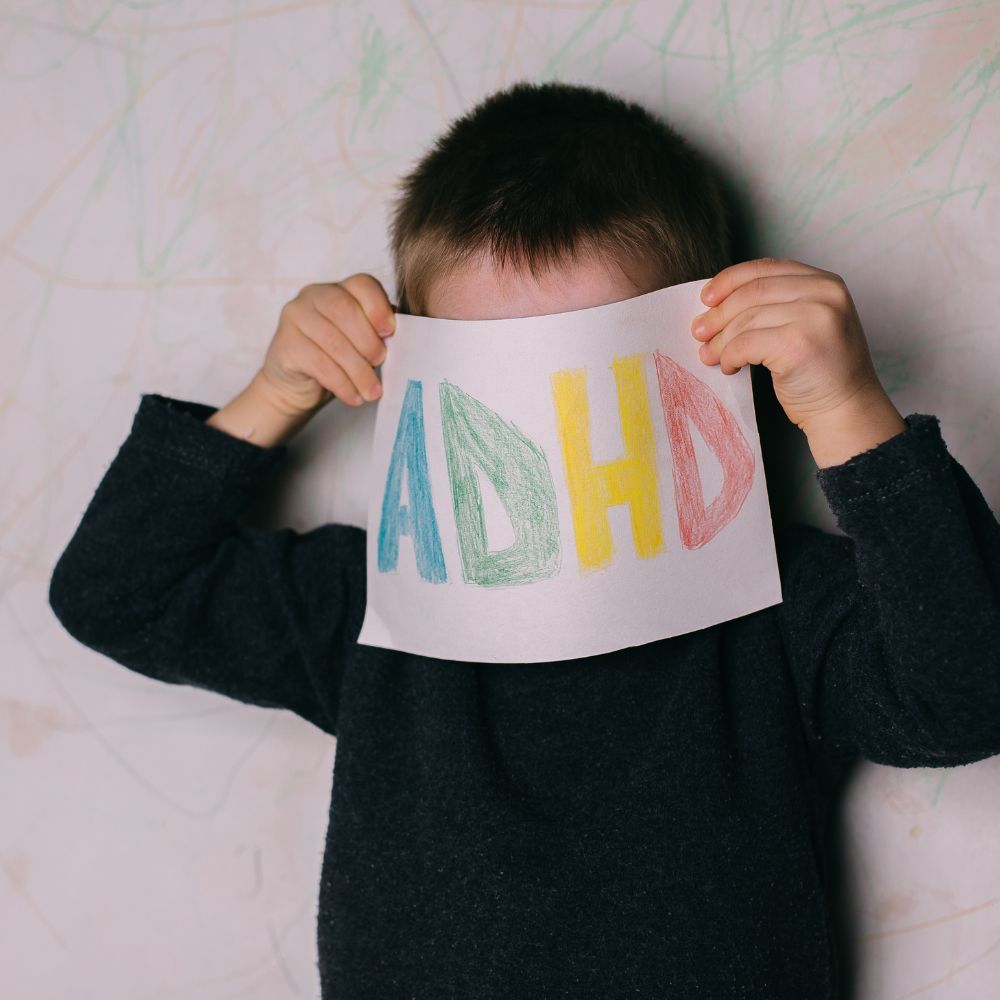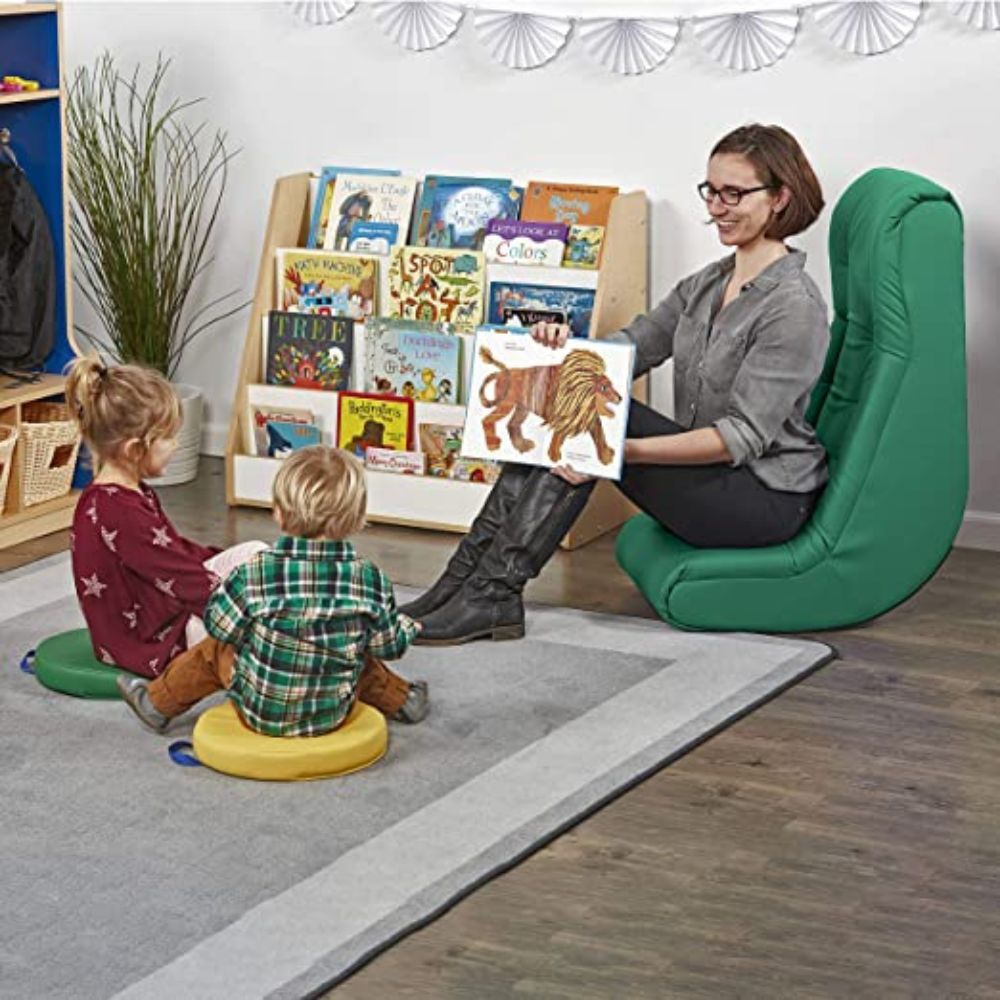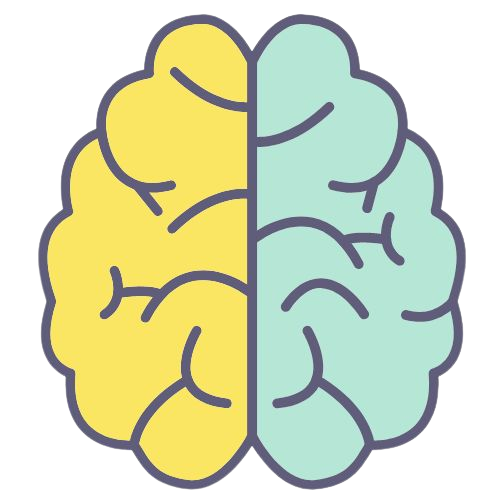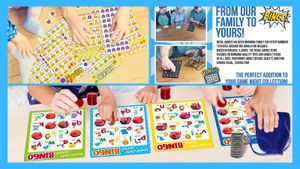Attention Deficit Hyperactivity Disorder (ADHD): What You Need to Know
Attention Deficit Hyperactivity Disorder, or ADHD, is one of the most common mental health disorders in children and adolescents. If your child has been diagnosed with ADHD, you may be feeling overwhelmed.
Understanding the condition can help you create an effective plan for managing it. Here’s what you need to know about ADHD and how to manage it.

What is ADHD?
ADHD is a disorder characterized by difficulty sustaining attention, impulsivity, and hyperactivity. It affects millions of children around the world, and can make it difficult for them to succeed in school and other activities.
Symptoms of ADHD range from mild to severe, and can include difficulty concentrating, restlessness, impulsive behavior, forgetfulness, disorganization, fidgeting, trouble paying attention in class or at home, difficulty following directions or staying on task for long periods of time.

How Is ADHD Diagnosed?
ADHD is diagnosed through a combination of interviews with parents and teachers as well as psychological assessments. If your child is exhibiting symptoms of ADHD they should visit a doctor or mental health professional who will conduct tests and ask questions to determine if they have the disorder.
It’s important to remember that there are many different factors that could be contributing to your child’s difficulties - including learning disabilities or other emotional issues - so it’s best to rule out all possible causes before jumping to conclusions.

How Can I Help My Child Manage Their Symptoms?
There are several strategies that can help your child manage their symptoms of ADHD more effectively.
These include creating structure with consistent routines; breaking down tasks into smaller chunks; providing positive reinforcement when they complete tasks; providing rewards for good behavior; limiting distractions like TV or games; reducing stress levels; ensuring adequate sleep each night; teaching organizational skills; providing extra support in school if needed; and talking openly about emotions such as frustration or anger.
Conclusion:
Attention Deficit Hyperactivity Disorder (ADHD) impacts millions of children every day – but it doesn’t have to define who they are or limit their potential for success!
Understanding what ADHD means is the first step towards helping your child manage their symptoms more effectively. With the right strategies in place – like creating structure with routine activities and providing rewards for good behavior – you can help your child reach their full potential despite any challenges they face along the way!

One More Thing:
I am an individual who also has ADHD. The hardest thing for me to do was focus while sitting in a chair, either at school or at home. I fidget still a great deal. So this topic is of special interest to me.
I have written an other article about ADHD chairs and other accessories that help an individual while they are studying at their desk. This is either at home or at school. And I have found items or chairs for both places to help a child concentrate on the task before them.
I wish I would have had some of these possibilities when I was younger.
Below I have a button to an article I wrote called: "Is Binge Beating a Symptom of ADHD?"









